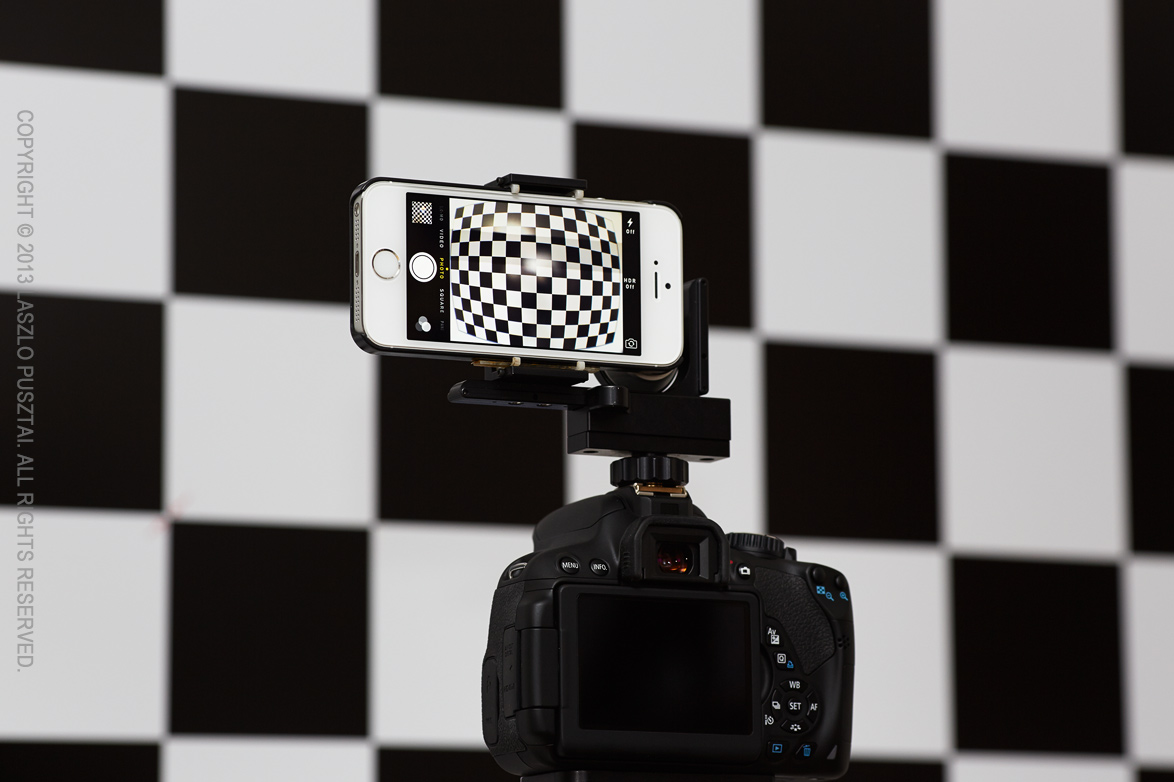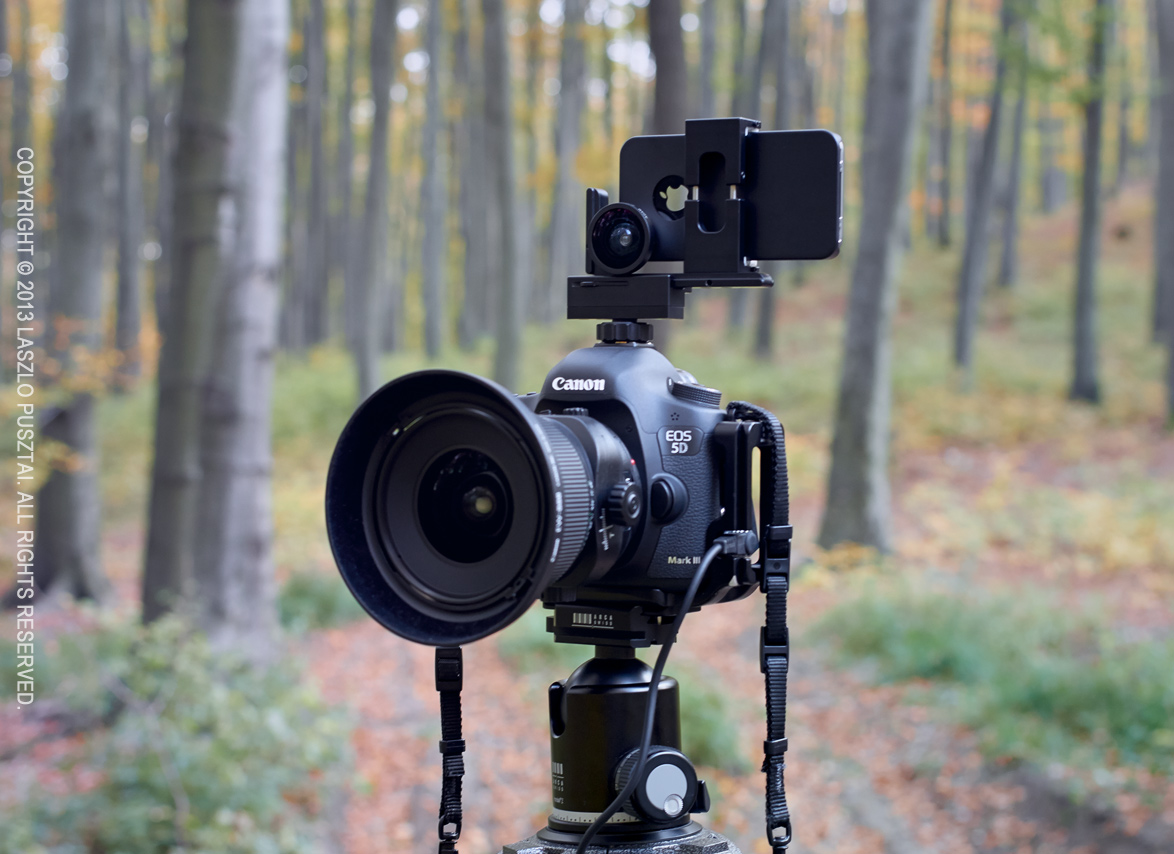Last week I added support for a bunch of iPhone/iPod wide converter lenses to the upcoming release of our Mark II Artist’s Viewfinder app. They were Schneider’s Series 2 super wide and wide iPro lenses as well as the wide lens in olloclip’s 4-in-1 offering. The picture below shows them: Schneiders on the left, olloclips on the right, and the ALPA ACAM in the middle. They are shown without their mounting cases (except for the olloclips).

A bunch of wide converters
While they are all suitable for viewfinder use, you can’t expect good optical performance from such lenses, period. Their manufacturers like to advertise them as “high quality”, “precision”, etc. Well, they might be high quality for someone who lo-fi filters the crap out of their smartphone images, but in my book they are not usable for real photography – even on smartphones.
They are all priced in the same range ($65-$100) with mounting hardware included. Schneiders usually occupying the higher end of this range.
Conversion factor and distortion
The bad news: advertised conversion factors can’t be used to compare these lenses. All super wide converters we measured exhibit huge (10% or more) barrel distortion. What gets in the marketing material is the magnification ratio with no distortion correction applied. That is, they count in the extreme edges, which will result in smaller factors.
But when distortion is removed, those extreme edges go away (as you can see in the first illustration in my previous post). The result: Schneider’s super wide lens that’s advertised as having a 0.45x conversion factor is a 0.5x lens is reality. ALPA’s lens, which is advertised as 0.5x (because I told them to) is a bit wider in reality than Schneider’s 0.45x.
The conversion factor also changes from device to device – and all the adapters I measured go wider when they are used on a device having a wider native field of view. For example, the ALPA is a 0.5x on an iPhone 4, but a 0.48x on an iPhone 5S.

ALPA ACAM mounted for measurement
If you look at conversion factors you’ll find out that there are two distinct classes: 0.5x and 0.65x. The Schneider super wide and the ALPA wide belongs to the first, and the Schneider wide and the olloclip belongs to the second. Is it important to note that the wide Schneider exhibits only a small amount of barrel distortion – and this lens would be usable even without correction. The olloclip is not, it has the same huge distortion as super-wides.
Sharpness
The sharpest is the Schneider super wide. The least sharp is the iPhone 4/4S variant of the olloclip – so much that I struggled for hours to find the checkerboard corners in the sea of blur and chromatic aberration.
Other aberrations
Schneiders are almost free of chromatic aberration. All others exhibit a huge amount of it in the corners. Centering is bad on all converters. The Schneider super wide also exhibits hard to correct mustache-like distortion. On the iPhone 5 for example this – together with bad centering – causes residual pincushion distortion on one side of the image after the barrel has been removed.
Mounting
Olloclips tend to slip off easily – except when you use it on an iPod, where a rubber inserts keeps the lens in place. Converters with cases are all solid, although I found Schneider’s iPhone 4/4S case too tight and hard to remove.
Mounting on the top of the camera (in the hot shoe for example) is another story. If you want to use the converter lens to compose stitched panoramas with the Mark II, you’ll need a holder that keeps the phone’s lens centered with the camera’s. This is to avoid parallax as much as possible. This is where things start to cost more. ALPA makes a holder that ships with the super wide converter lens and two cases. Other manufacturers, such as Cambo, also make holders (the Cambo includes a converter lens that the Mark II does not support yet). But be prepared to spend $800-$900 on these.
My favorites
I’m not a big fan of the Schneiders. I was confused about which case is compatible with which series lenses, and their site offers little help. Now I know that the series 1 cases can hold series 2 lenses, but not vice versa.
Actually I have two favorites. The ALPA rig (holder and such) is what I use. It offers the widest view, it’s easy to mount on my camera, has the sturdiest lens mount, and so on. All in all, highly recommended.
The other, the olloclip 4-in-1 on an iPod touch 5, was a surprise for me. I never thought how usable this combo could be. It’s lightweight, fast, and the rubber insert keeps the lens from falling. It can simulate lenses down to about 24mm (on full frame 35mm cameras). Not to mention that it’s the cheapest way to get into the wide converter world of the Mark II.









